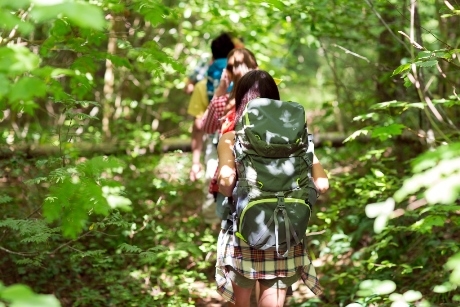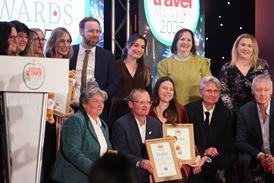
A new report by Project Dirt has revealed that outdoor learning is being cut back due to the pressures of testing and academic studies.
The report by Project Dirt for Outdoor Classroom Day found that one in eight (12%) Primary school-aged children around the world gets 30 minutes or less of outdoor time on an average day.
According to the survey, 97% of teachers questioned believe that outdoor play is critical for children to reach their full potential. Yet 41% reported that curriculum pressures are preventing them from allowing children to have more playtime or outdoor lessons.
More findings
Other reasons for a lack of outdoor learning included children missing playtime due to completing work or homework during break times. And one-fifth of teachers (22%) said they keep children indoors because of poor behaviour in class.
The same study, however, found that 67% of teachers worldwide reported that there is a correlation between good behaviour and time spent outdoors, with 80% reporting increased engagement in lessons after outdoor time.
Why is outdoor learning important?
Examining the impact of outdoor play and learning, the study also found that:
• 97% of teachers worldwide say children’s social skills are improved at playtime.
• 94% of schools worldwide say children are more creative after outdoor play.
• 88% of teachers worldwide report that time spent in lessons outdoors has improved their pupils’ engagement in learning.
Additionally, around 88% of the teachers reported that children seem happier after playing outdoors at break times and 89% said they are happier when learning outside.
What the study suggests
The report supports the campaign Outdoor Classroom Day which recently took part and is to take place again in November for schools who couldn’t take part due to exams.
The report and campaign have highlighted the impact and benefits of outdoor learning and are suggesting that schools take at least one lesson outside and shine a spotlight on playtime, celebrating how important it is for children.
Suggestions of ways to take the learning outside include using natural objects such as stones and leaves to practice numeracy, creating a treasure hunt to actively explore history, and to build dens and collect bugs.
Read the full report here.










